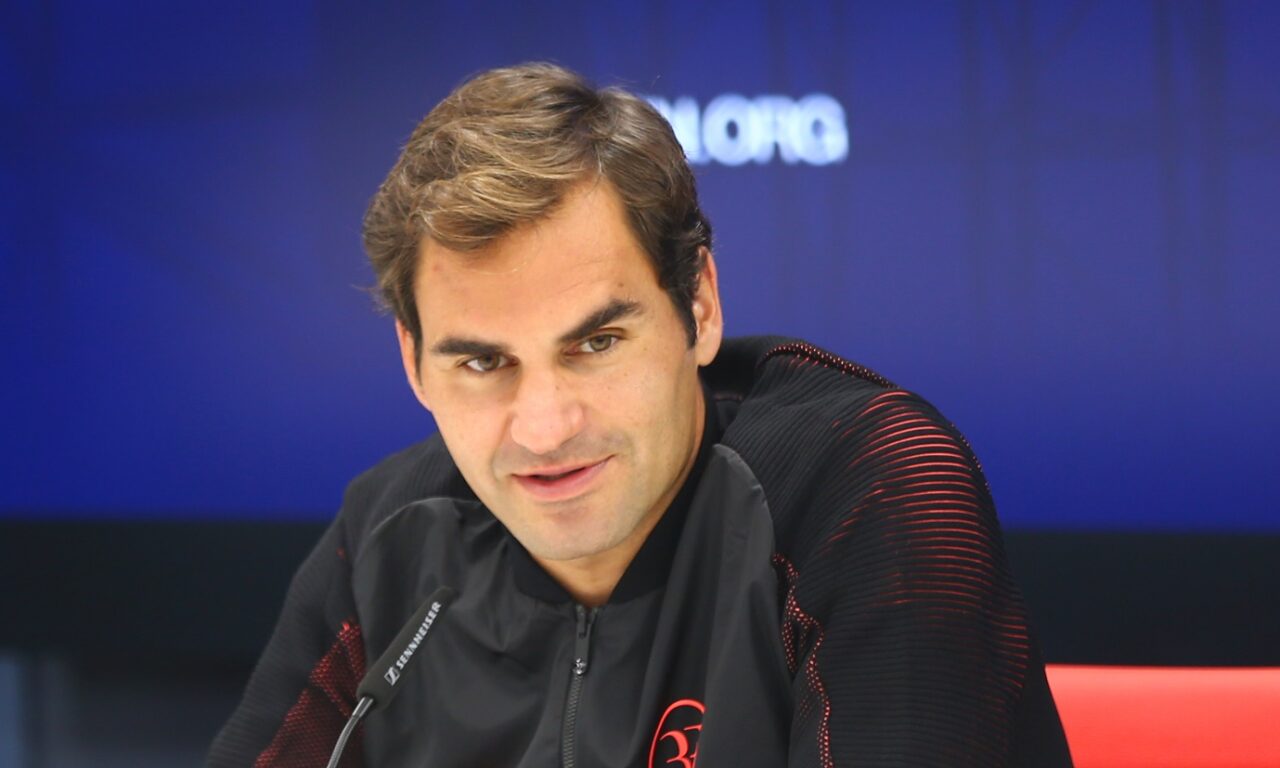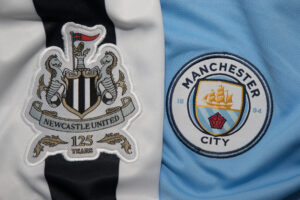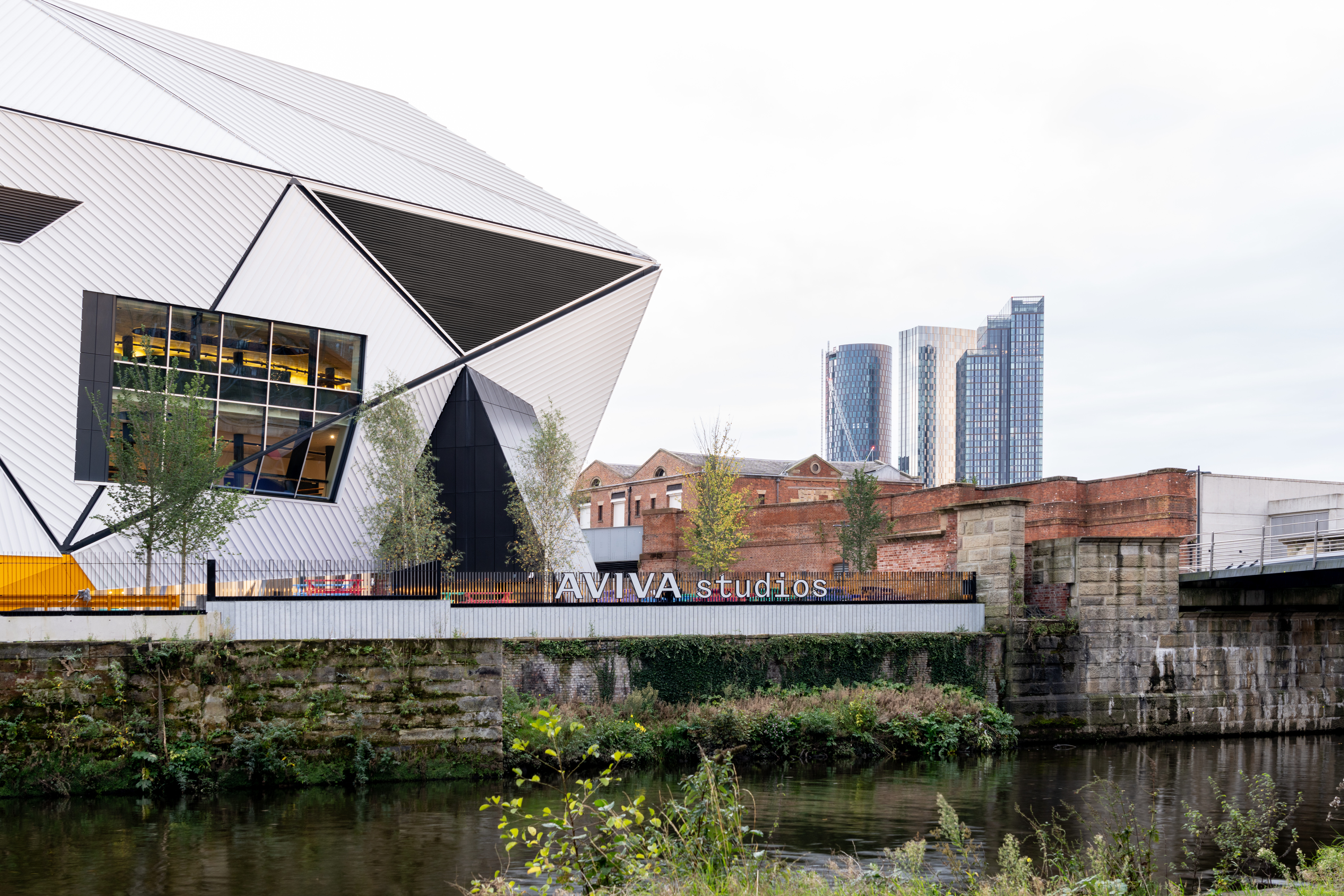The brand ambassador checklist

What makes a brand ambassador partnership successful? Is it an increase in awareness? The ability to tap into hard-to-reach audience groups? Or the opportunity to enhance brand perception by piggybacking off admirable character traits? All are true, but not all brand ambassadorships are successful.
Appointing an ambassador is not without risk. So, before you jump into bed with a celebrity, you may wish to consider the below checklist to help you make the most of your partnership.
Set your goals
Before you start, it’s essential to clarify exactly what you want to achieve from a potential collaboration. Are you looking to enhance your brand image or tap into a new audience? Do you intend to utilise your brand ambassador for in-person appearances or social media engagement?
These are vital questions to help pin down the individual you want to work with. Athletes, celebrities and influencers offer different opportunities and exposure. Consider carefully what you want to achieve and build a profile of your ideal partner to help refine your search.
Do your research
All individuals can be unpredictable, but some are more unpredictable than others. Once you have identified several potential brand ambassadors, it’s time to do your homework; ignore your market research at your own peril.
Take the time to delve into your potential ambassadors’ social media and check for skeletons in the closet. Often past comments that may seem harmless can show a pattern of erratic behaviour. A little character is part of the appeal and can offer a human side to your brand. However, those individuals that have found themselves at the centre of a PR crisis are likely to be repeat offenders. If you do find yourself caught up in a PR storm, you may find our article on what to do when your sponsorship backfires of some use.
Be wary of appointing a villain
I love Nick Kyrgios, but I accept that the Aussie tennis player is not everyone’s cup of tea. An individual can be a hero to one segment of your audience and a villain to another.
Before appointing a brand ambassador, it’s essential to consider the harmful impact that an individual can have on your brand. Some sports, particularly team sports like football and rugby, are more tribal than others. As an Everton fan, I find myself unable to purchase Nivea products owing to their partnership with Liverpool players. Brand ambassadors performing as individuals are less likely to have negative associations while retaining all the positive attributes. This is why partnerships between athletes like Mo Farah and Quorn work so well.
Conduct an interview
Once you have whittled down possible partners to a select group, getting to know each other is essential. You are investigating the possibility of becoming deeply entwined, so the more your values align, the better.
To what extent does the individual believe in your corporate mission? Are they a regular user of your product, and if so, what do they love about it? How could you work together to contribute more to your business, the sport and society? These are just some questions to help you understand each other and how beneficial the partnership could be.
The key to success
A successful brand ambassador campaign can help increase awareness and reach new audiences. However, the single greatest mark of a successful partnership is a deep-rooted brand alignment. Perhaps the ten-year relationship between Credit Suisse and Roger Federer is the finest example. The two mirror one another’s attributes so effortlessly that they have become almost synonymous – the ultimate brand ambassadorship.









